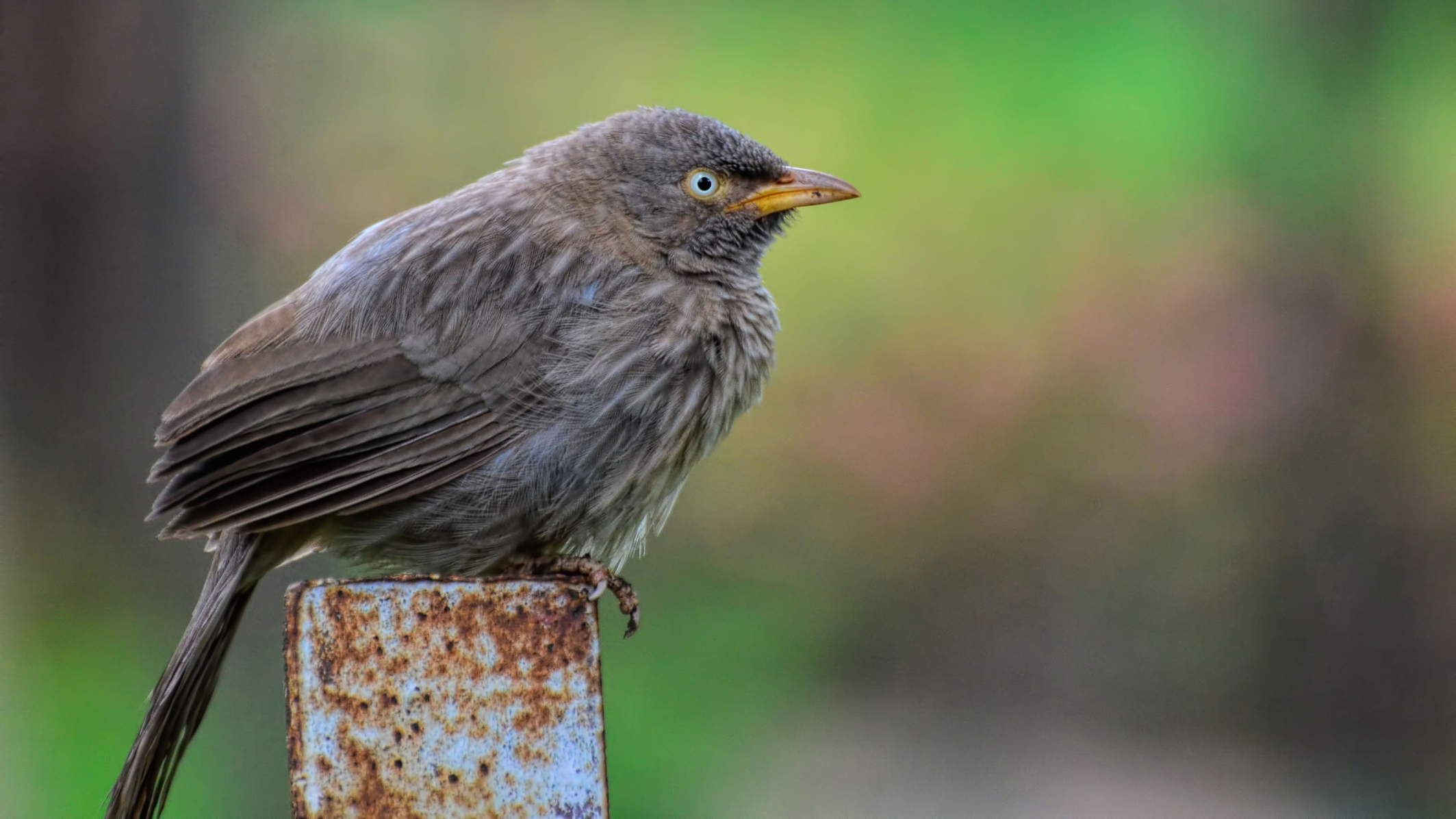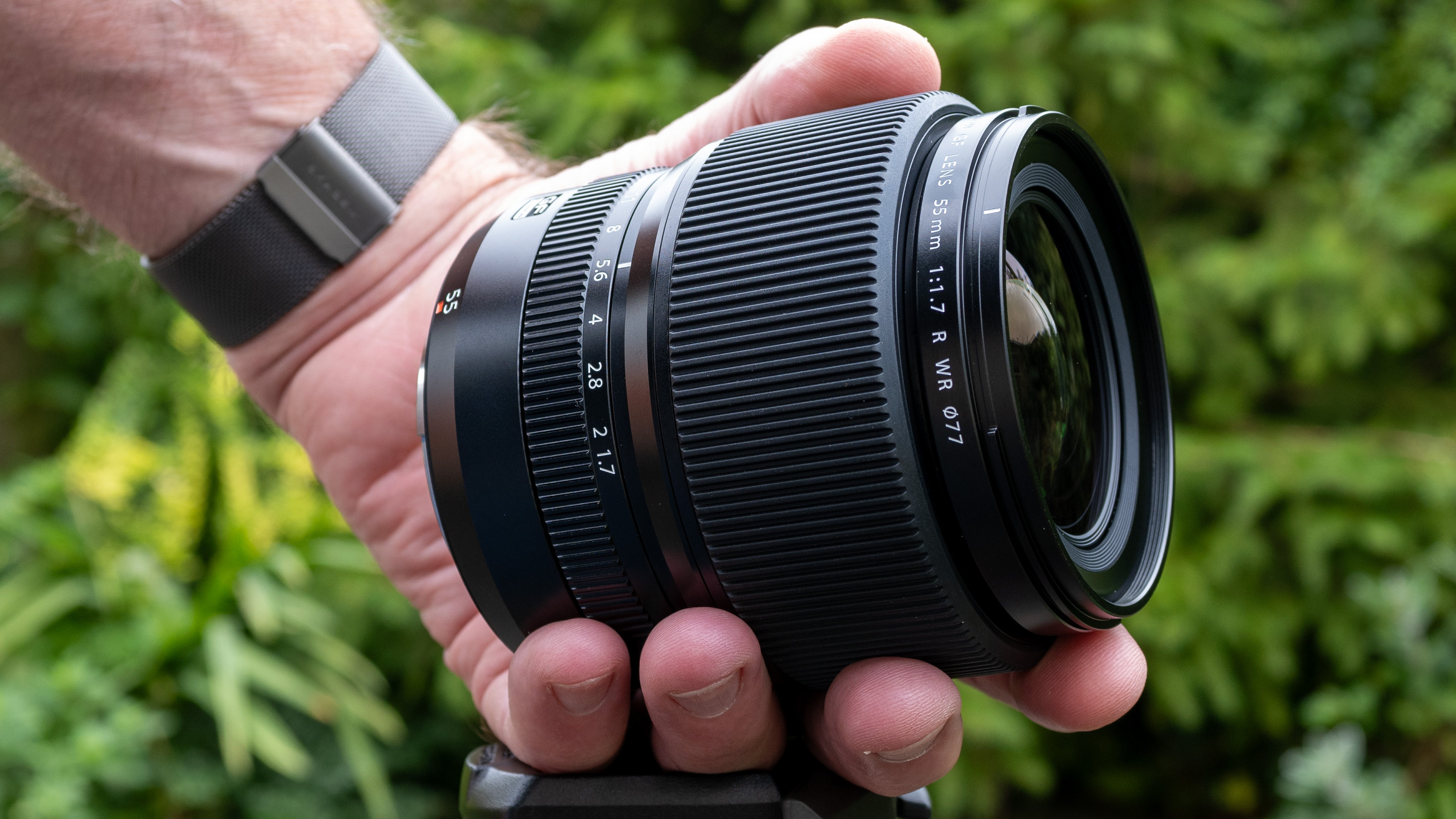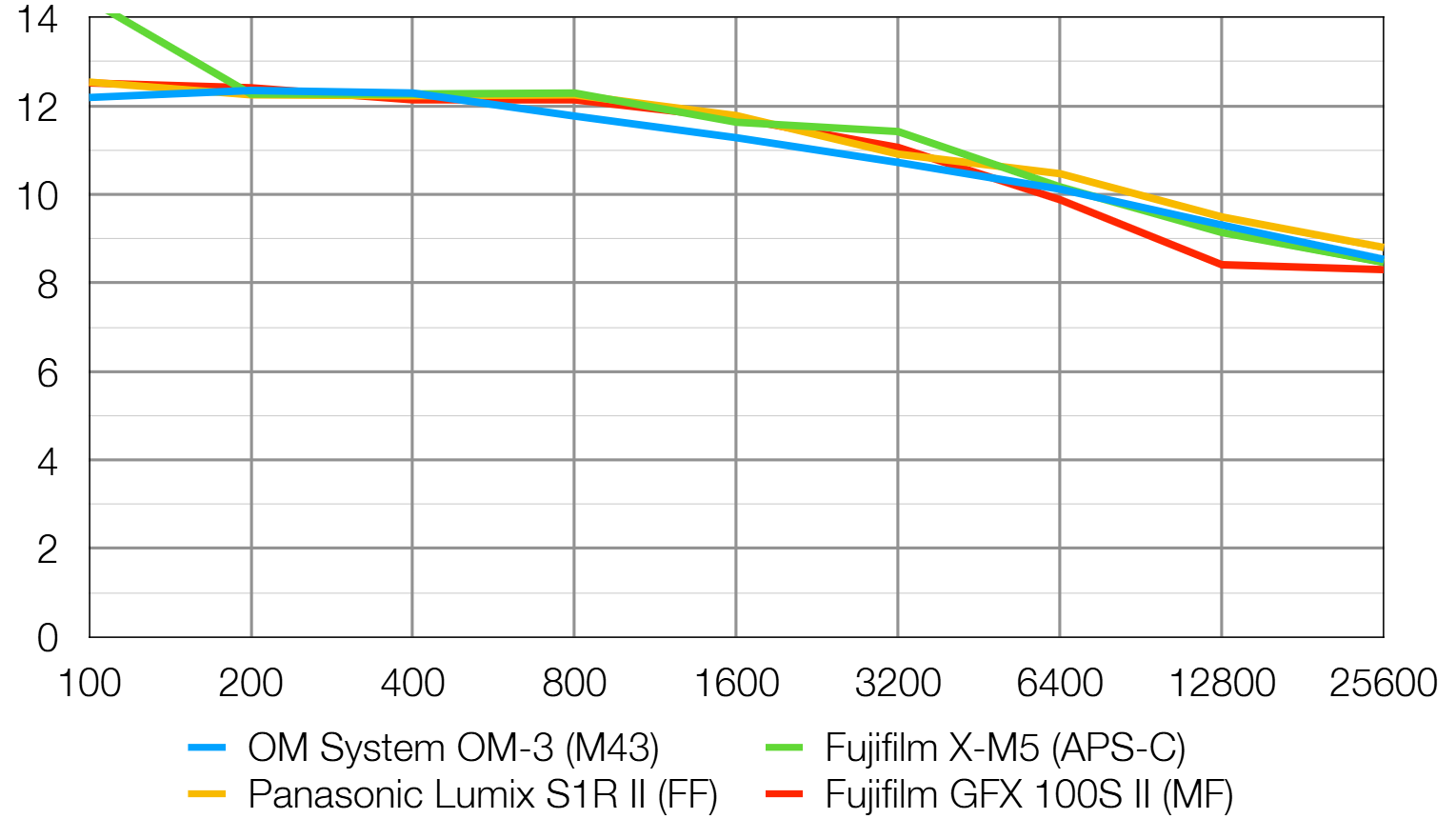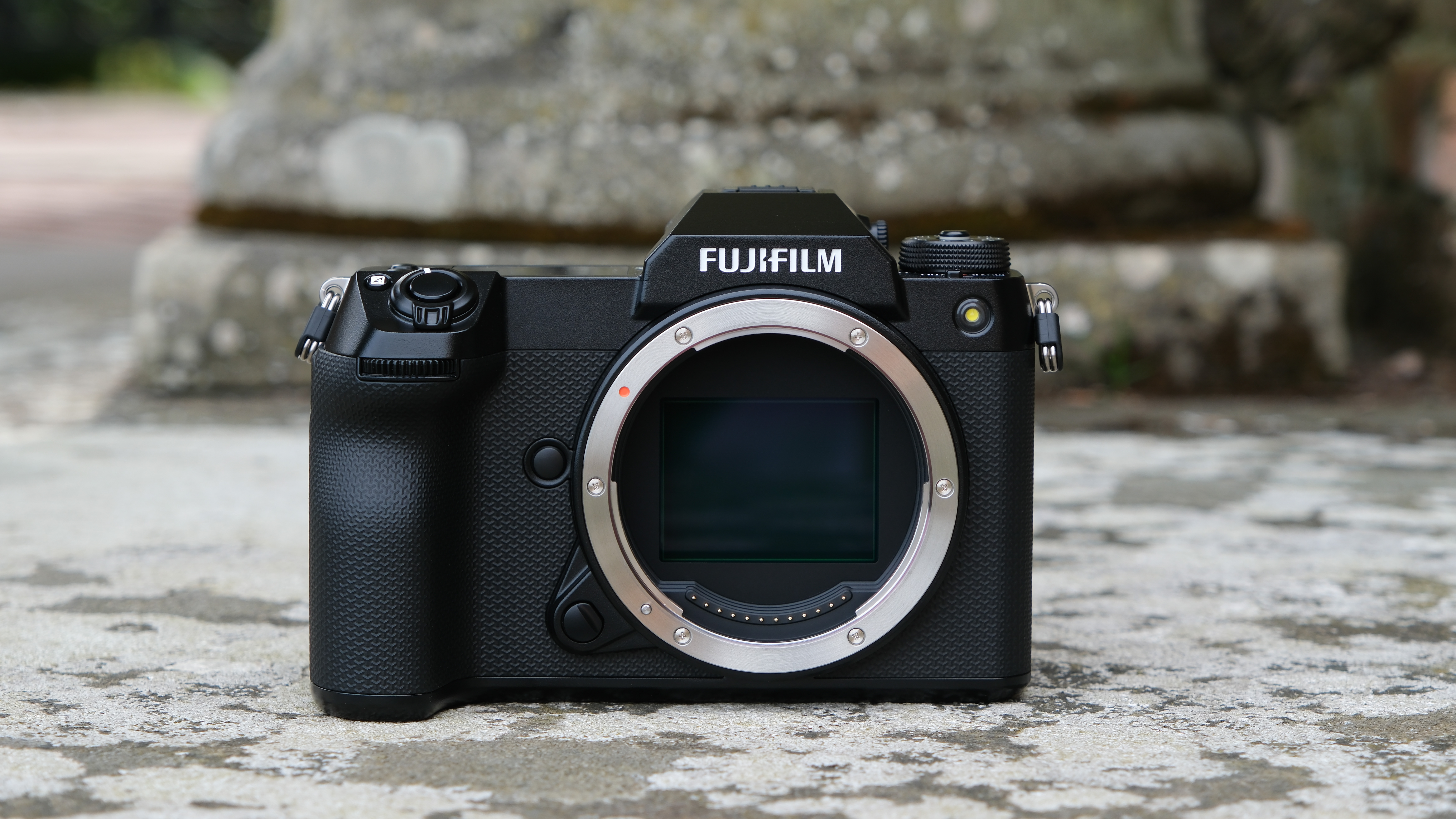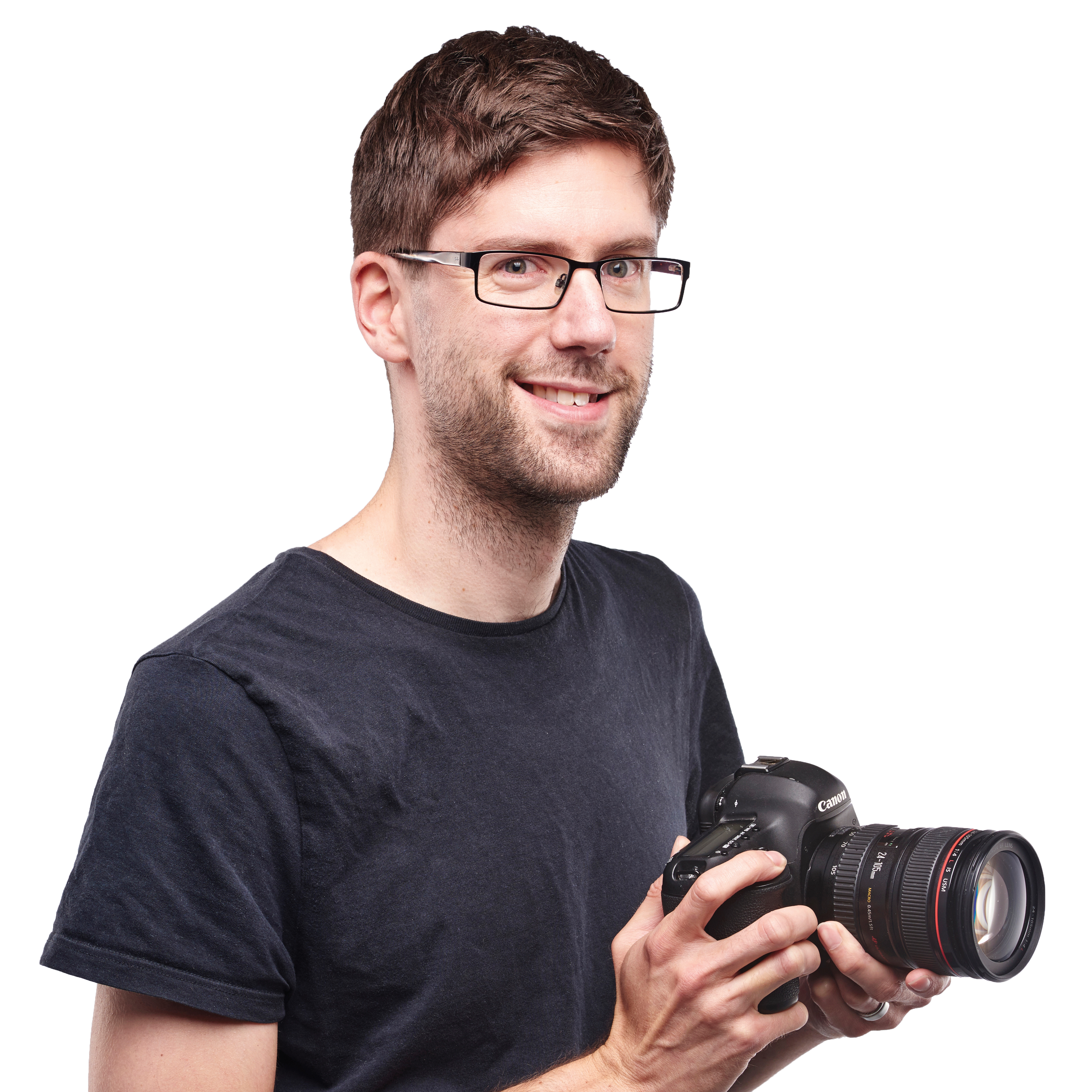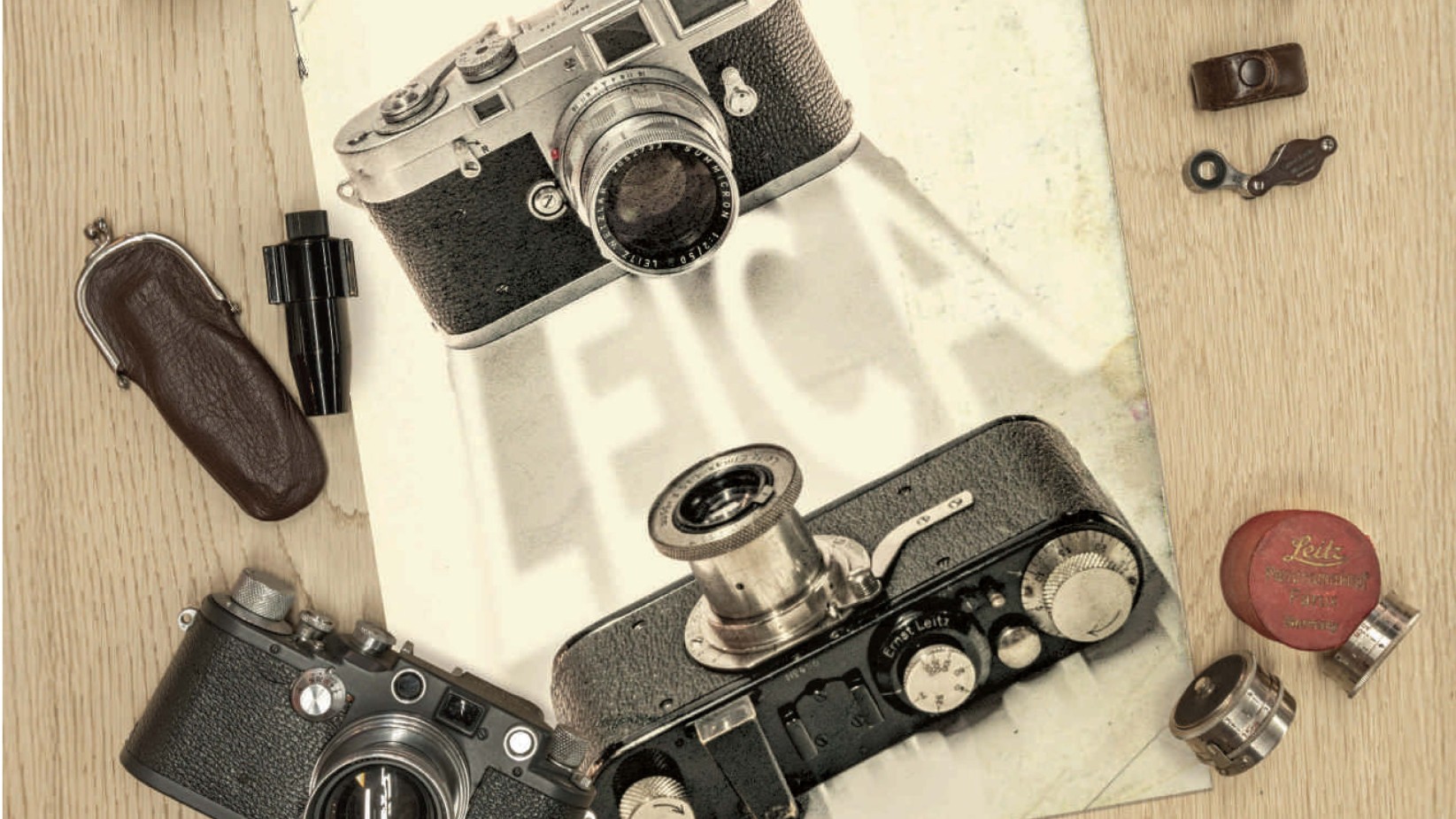Bigger camera sensors are rarely better - here's proof
We bust the myth that increasing sensor size gets you better image quality
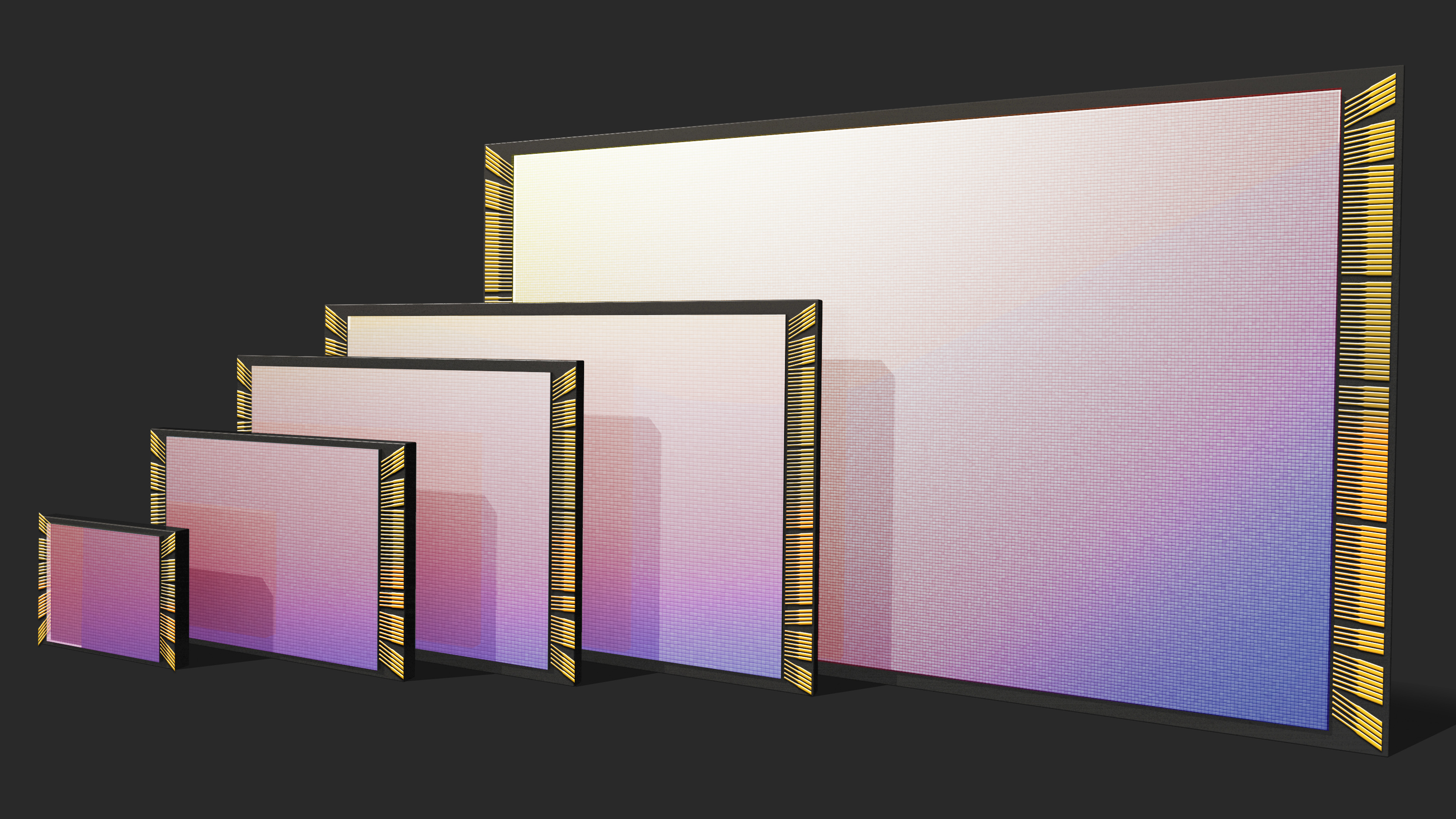
The 'bigger is better' motto is rampant in the camera industry, particularly when it comes to image sensors. Not only is a higher megapixel count a favorite with marketing departments, a physically larger image sensor is also often considered desirable. But, just as many photographers will tell you that having more megapixels rarely makes a better photo, should we get so hung up on sensor size?
This is a topic discussed in a video by YouTuber snappiness. He has a sizable camera collection including a pair of digital medium format bodies, albeit older SLR designs: a Hasselblad H3D, and a Mamiya ZD. Using these cameras he illustrates what's often cited as a key advantage of a larger sensor: the ease at which it's possible to obtain shallow depth of field, for improved subject-background separation.
Shallow depth of field
A larger image sensor reduces depth of field compared to a smaller sensor, even when a lens is set to the same aperture and your subject is at a consistent distance from the camera. However, while blurry backgrounds (bokeh) are prized in macro and portrait photography, a wafter-thin focal plane isn't always a good thing, as it makes it very hard to get all of a subject in focus.
Shooting a full-frame camera with a lens set to f/1.2 means you may get your portrait sitter's eyes in focus, but the tip of their nose may not be. What's more, as snappiness points out, while a medium format camera has natural ability to reduce depth of field, medium format lenses often cancel this out by having a narrower maximum aperture than an equivalent full-frame optic. This is done to keep the medium format lens down to an acceptable size, weight and price; larger apertures require bigger, heavier and more expensive lens elements.
But surely a larger sensor improves other aspects of image quality, right? This is true to an extent, but it's not quite such a clean-cut victory for the bigger sensor as you might imagine. At Digital Camera World we lab test every new interchangeable lens camera from a major manufacturer, so we're in a position to compare exactly how cameras with different-sized sensors perform in terms of image quality metrics like dynamic range, noise, and resolving power.
In the graphs below I've selected four cameras for comparison, each one representing a different sensor size. The smallest here is Micro Four Thirds, represented by the 20.4MP OM System OM-3. Next largest is the APS-C Fujifilm X-M5 (26.1MP), followed by the full-frame Panasonic S1R II (44.3MP). Medium format is the biggest commonly-available image sensor size, and we're using the 102MP Fujifilm GFX 100S II as a prime example.
Dynamic range (EV)
Dynamic range is a measure of a camera's ability to record extreme brightness, yet still retain detail in the darkest parts of the same scene. It's measured in EV (exposure values, or 'stops').
The best camera deals, reviews, product advice, and unmissable photography news, direct to your inbox!
You could easily be forgiven for assuming a bigger sensor would give you better dynamic range, but in practice that's not the case. All four comparison cameras capture almost identical dynamic range at low sensitivities, and even as sensitivities increase there's no clear winner, with sensor size not correlating with improved dynamic range.
Signal to noise ratio (decibels)
This test compares the amount of random noise generated by the camera at different ISO settings as a proportion of the actual image information (the 'signal'). Higher values are better and we expect to see the signal to ratio fall as the ISO is increased.
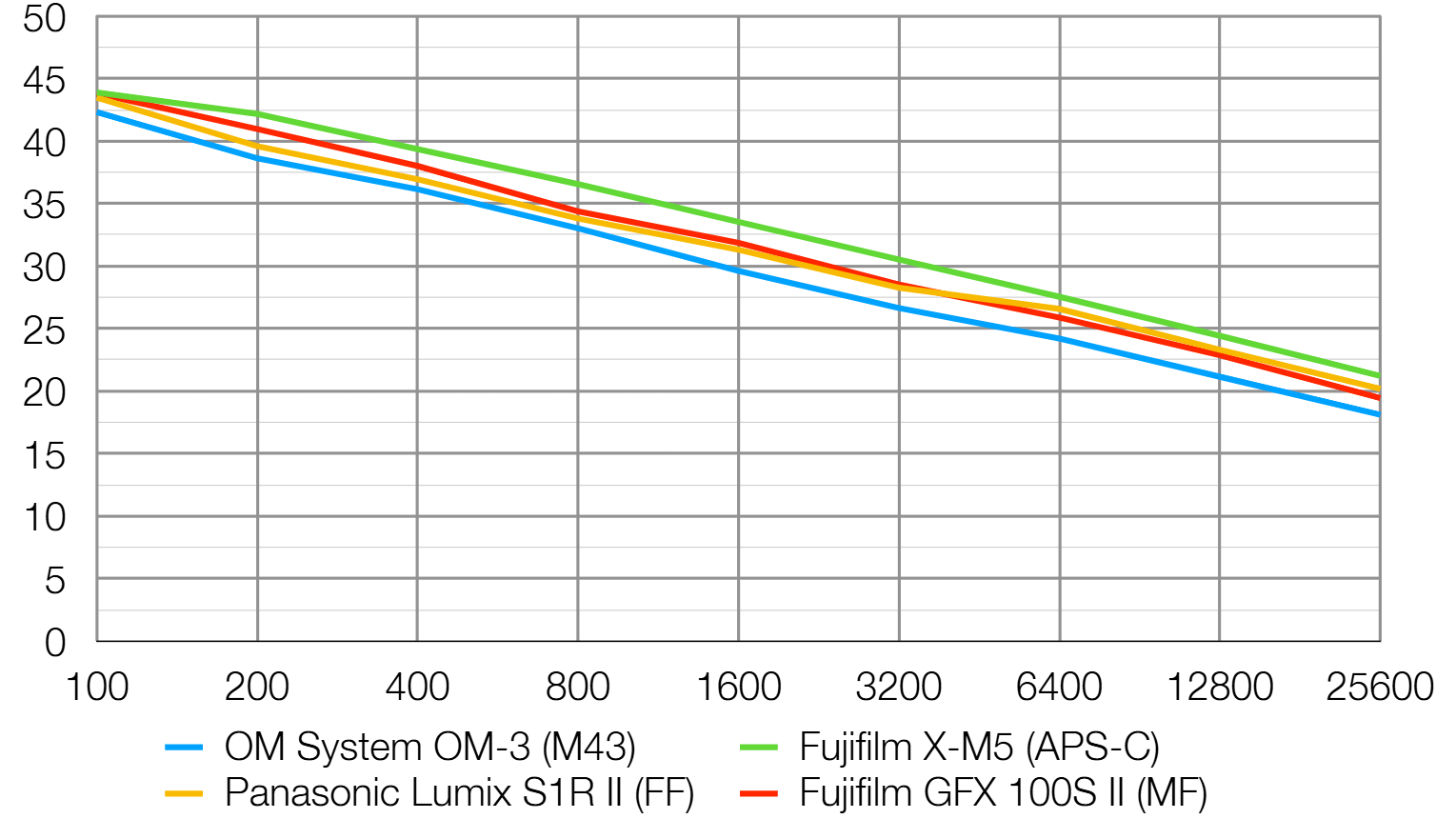
When it comes to the amount of noise visible in images, you might expect a bigger sensor to be less susceptible to generating noise, but again that's not always true. Here the OM-3 with its relatively small Micro Four Thirds sensor does indeed trail the other cameras, but not by much. It's actually the camera with the second smallest sensor here - the APS-C Fujifilm X-M5 - that produces the cleanest images.
Resolution (line widths/picture height)
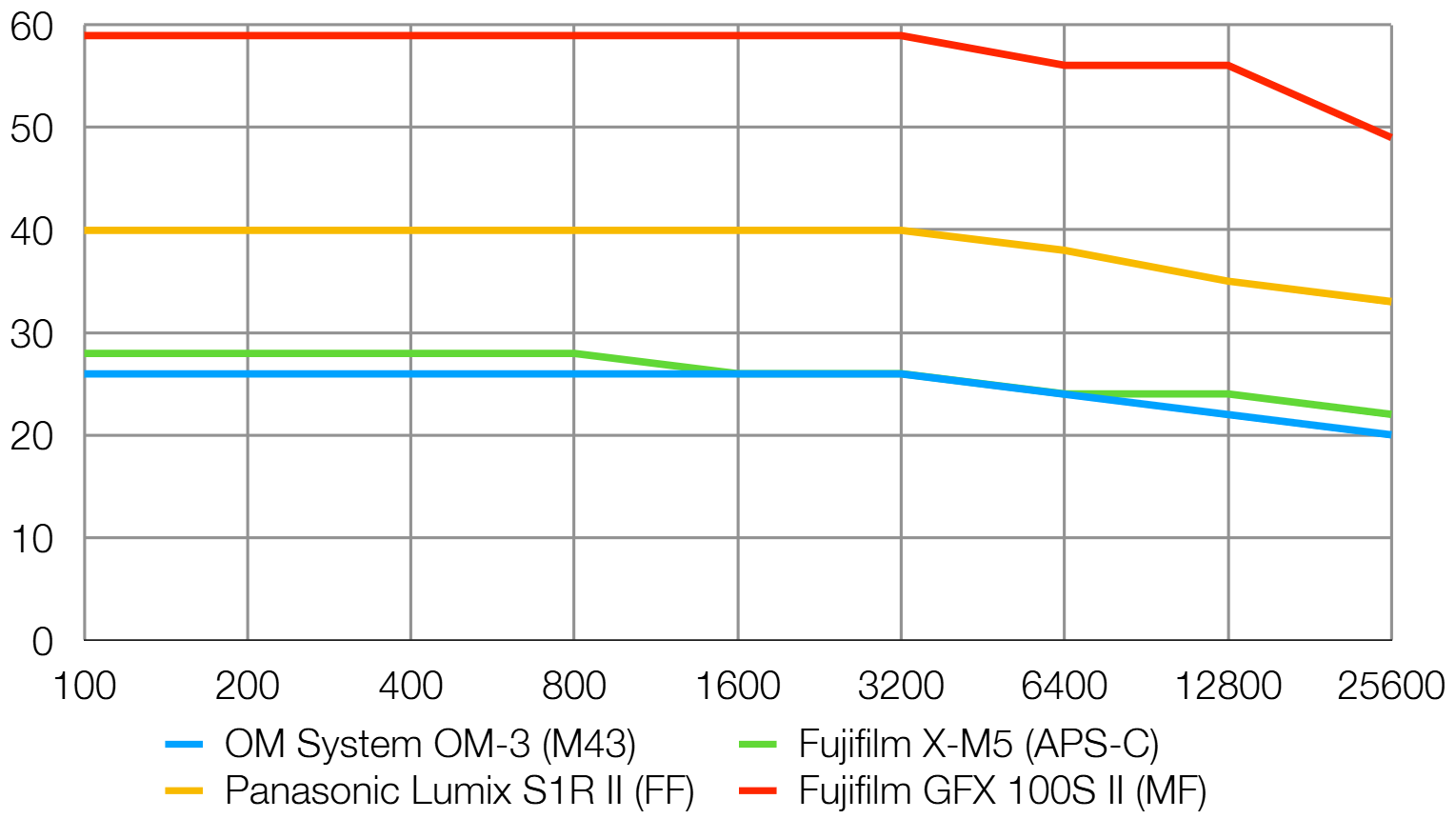
There's really only one area where a bigger sensor has a clear image quality advantage, and that's resolving fine detail. A physically larger sensor area creates more space for additional pixels, and these then enable the camera to capture small details in a subject which a lower megapixel sensor simply can't resolve. It's here where increasing sensor size makes sense: it gives you the ability to shoot larger, more detailed photos, while still retaining good dynamic range and low noise. If you crammed 102 megapixels onto a Micro Four Thirds sensor (which is technically feasible) each individual pixel would be considerably smaller and therefore much less sensitive to light. This in turn restricts the sensor's dynamic range and makes it more prone to generating image noise. With a larger sensor you can have it all, with no compromise to any aspect of image quality.
However, unless you consistently view your shots at 100% image size, or want to print them to fill a billboard, 100+MP photos are difficult to justify. For the vast majority of photographers, it makes more sense to go for an APS-C or full-frame camera, as you'll still get more than enough resolution, but in a cheaper, more portable package, and with a broader choice of lenses.
Really, as with so many things in life, it's not what you've got, it's how you use it that counts. A bad photographer with a $10,000 medium format camera will likely still shoot uninspiring photos, whereas a good photographer with a creative eye could capture compelling photos even with a budget compact camera.
Ben is the Imaging Labs manager, responsible for all the testing on Digital Camera World and across the entire photography portfolio at Future. Whether he's in the lab testing the sharpness of new lenses, the resolution of the latest image sensors, the zoom range of monster bridge cameras or even the latest camera phones, Ben is our go-to guy for technical insight. He's also the team's man-at-arms when it comes to camera bags, filters, memory cards, and all manner of camera accessories – his lab is a bit like the Batcave of photography! With years of experience trialling and testing kit, he's a human encyclopedia of benchmarks when it comes to recommending the best buys.
You must confirm your public display name before commenting
Please logout and then login again, you will then be prompted to enter your display name.

